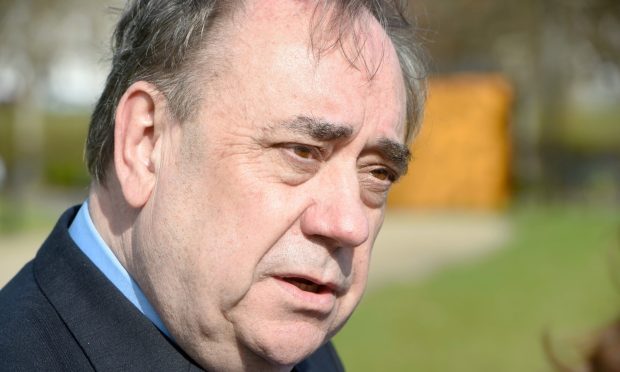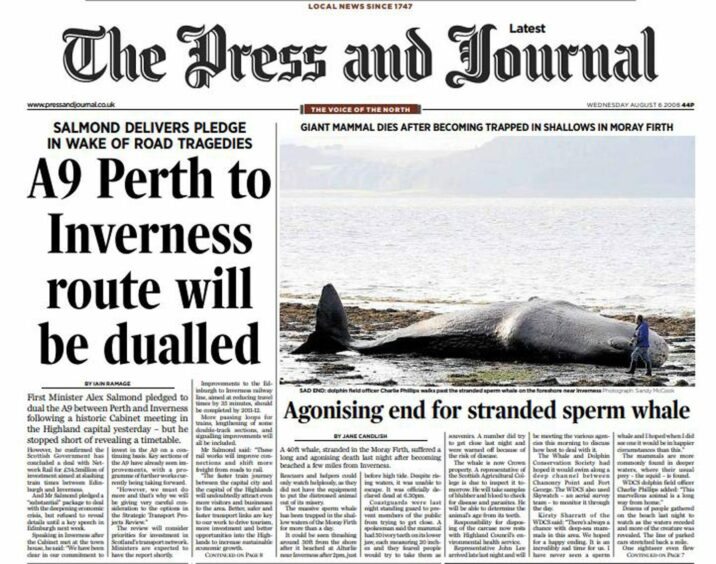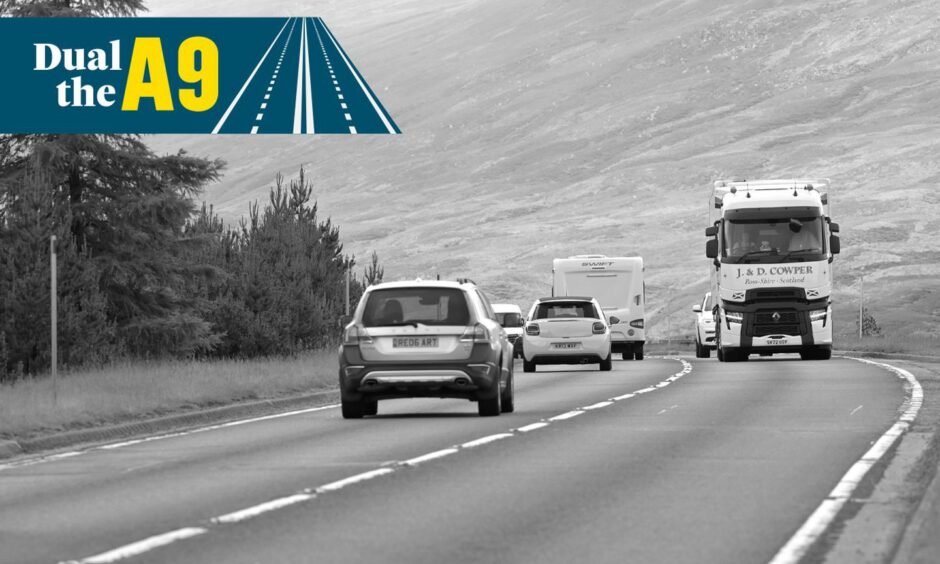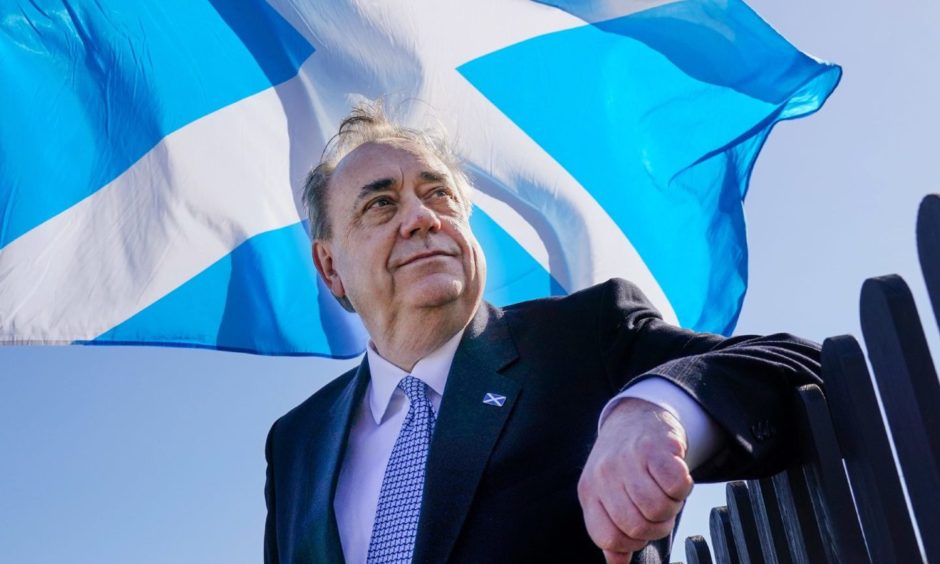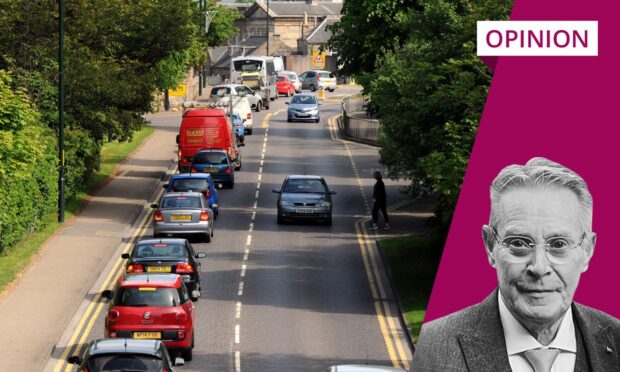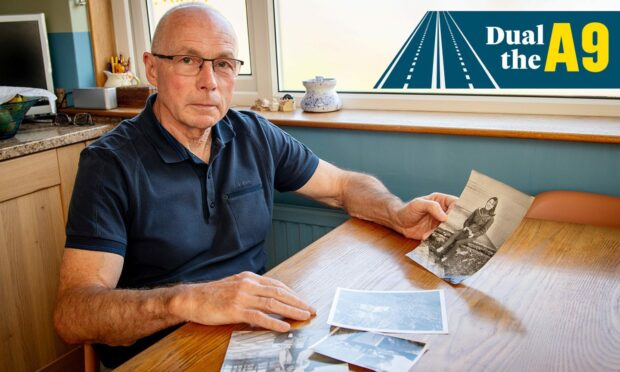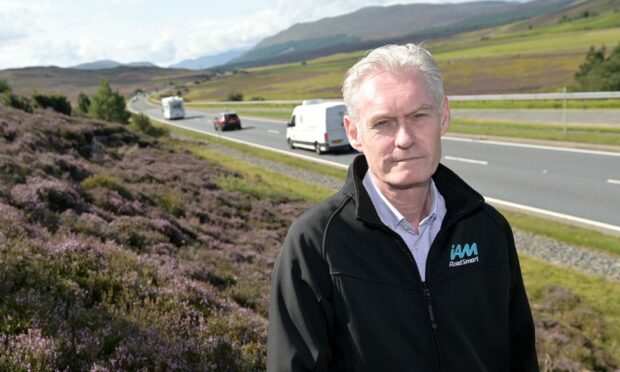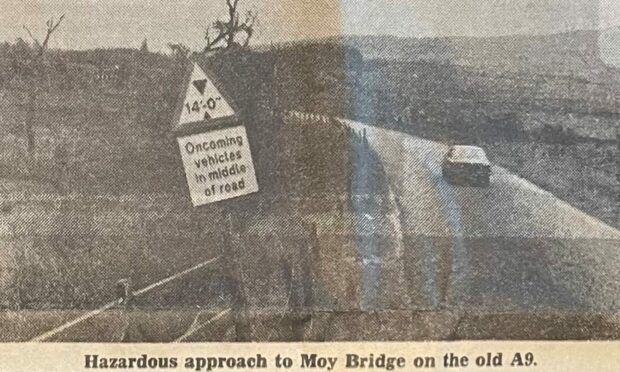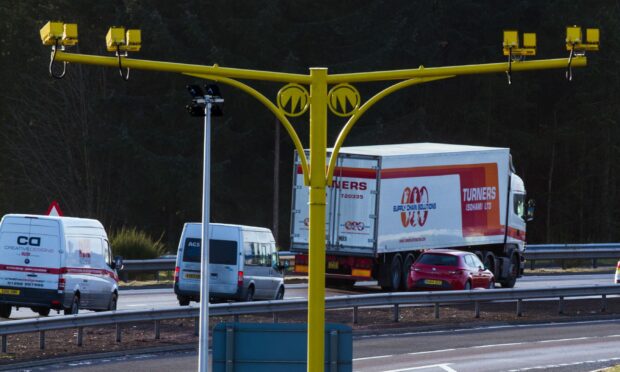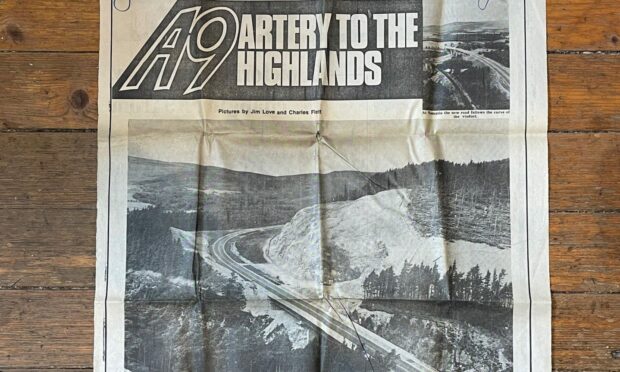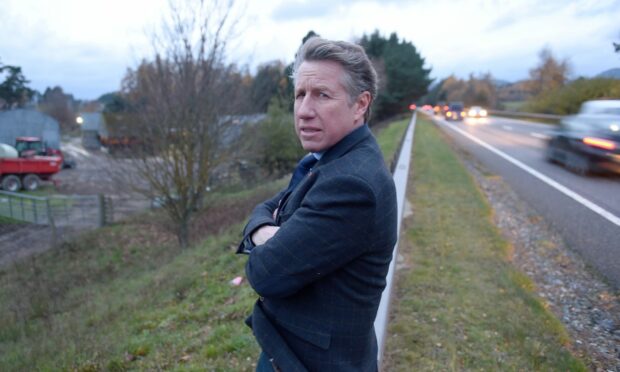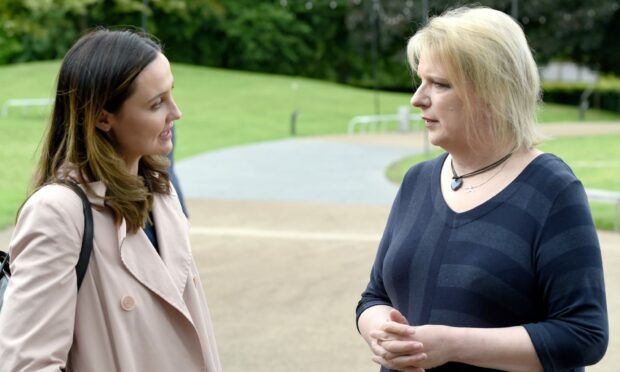Alex Salmond has called the Scottish Government’s failure to dual the A9 to Inverness a “very substantial betrayal” of the Highlands.
The man behind the SNP’s commitment to dual the road said every other part of Scotland has benefited from major infrastructure developments.
But the north has been forgotten about.
The former first minister believes that’s down to a shift towards prioritising the central belt by his successor, Nicola Sturgeon.
Speaking to the Press and Journal, Mr Salmond said: “What happened after 2014 was that the Scottish Government lost its way on the A9.
“The pace went from full steam ahead to glacial.”
The A9 dualling pledge
It was 15 years ago today that the former first minister revealed his pledge to dual the road between Inverness and Perth.
August 5, 2008 was a landmark day for the Highlands.
The Scottish Government held a cabinet meeting at the Town House in Inverness – the first government cabinet meeting held in the city since 1921.
And in the aftermath came the big news.
There was huge relief that something was finally going to be done about the notorious road – so often dubbed “the killer A9”.
A coalition between Labour and the Lib Dems held power for the first eight years of the Scottish Parliament.
But the nation’s political landscape changed when the SNP surged to power as a minority administration in 2007.
Salmond said his thinking was that every part of Scotland deserved a stake in its infrastructure plan.
No region should feel like they were being ignored.
Salmond: A9 dualling showed Highlands was not being forgotten
2008’s strategic transport projects review set the ball rolling.
Glasgow and central Scotland would have the M8, M80 and M74 motorway upgrades.
Edinburgh would get its trams, Fife the Queensferry Crossing and Aberdeen was getting the AWPR.
In the south of Scotland, the Borders Railway was built at a cost of £353m.
The A9 was the Highlands’ big transport project.
The others were built. They all have their critics, but plenty of people would say that they are thriving.
But the dualling project is floundering.
Salmond said: “This whole plan was designed to give every part of Scotland a stake in its investment plan.
“Everyone was going to see that there was no bias towards any part of the country.
“Nobody was going to be forgotten.”
The completion – and success – of the other projects is part of what grates so much with Highlanders now.
It adds to an already deeply ingrained idea that people in the central belt simply don’t care about what happens in the north.
The truth probably isn’t as brutal as that.
But the latest failure gives Highlanders the impression that they’re not a priority.
‘Almost unbelievable’ the A9 project has drifted off course
That’s the charge that Salmond levels at his former deputy.
Nicola Sturgeon presided over a period of unprecedented electoral success in Scotland.
But her departure and the confirmation that dualling the A9 by 2025 is “simply no longer achievable” has coincided with a slump for the SNP in recent opinion polls.
“I find it almost unbelievable that it was allowed to drift off course,” said Salmond, who resigned as first minister in 2014.
“Because it was perfectly on course for 2025 when I left office.
“Over a period of time, the SNP government under Nicola Sturgeon downgraded infrastructure in the Highlands.
“There was room in the budget, it comes down to priorities.”
Fergus Ewing has levelled the same criticism at Sturgeon’s government.
Last week, he told the Press and Journal that the focus changed when Salmond left office.
A9 progress report
One common complaint about the A9 is the confusion it causes.
It shifts between single and dual carriageway, with the occasional overtaking lane thrown in.
It can catch out drivers familiar with Scottish roads. Add in its massive popularity with tourists and the danger increases significantly.
Salmond’s belief that something needs to be done was underlined by a recent taxi trip on the A9.
He said: “It’s an inherently dangerous road. I was coming back from filming Question Time in Fort William recently and the taxi driver taking me decided to go up the A9.
“I had to remind him he was back on single carriageway. He was an experienced driver, but just not used to driving on the A9.
“If you’re not familiar with it, it’s a challenging, difficult road.”
Currently, the bulk of the 110 miles between Inverness and Perth is single carriageway.
Around 30 miles were dual carriageway before 2008. A further 11 miles have been completed since then.
There are also several short overtaking lanes.
The A9 dualling project is split into 11 sections – but only two have been completed so far.
That equates to around 11 out 80 miles.
Last chance saloon for the SNP on the A9
Transport secretary Mairi McAllan said in a letter to A9 campaigners on Monday that a new revised timetable for the dualling work was “progressing with urgency”.
But an announcement is not imminent.
It will only happen – at the earliest – after parliament returns from recess on September 3.
What happens after that is likely to define the future success of the SNP in the Highlands.
Humza Yousaf has been no stranger to the north since he became First Minister earlier this year.
Undoubtedly, he will be keen to change the narrative as local anger builds.
Salmond said: “No part of the country takes kindly to being ignored or neglected.
“The SNP’s success in the Highlands will come to an end, unless they change their ways.
“There needs to be a firm commitment to a new timetable immediately. Not just for the whole project, but for each of the nine sections remaining.
“Humza Yousaf is also now saying finishing the project is a cast-iron guarantee.
“If you don’t fulfil a cast-iron guarantee, you’re in very real trouble.”
